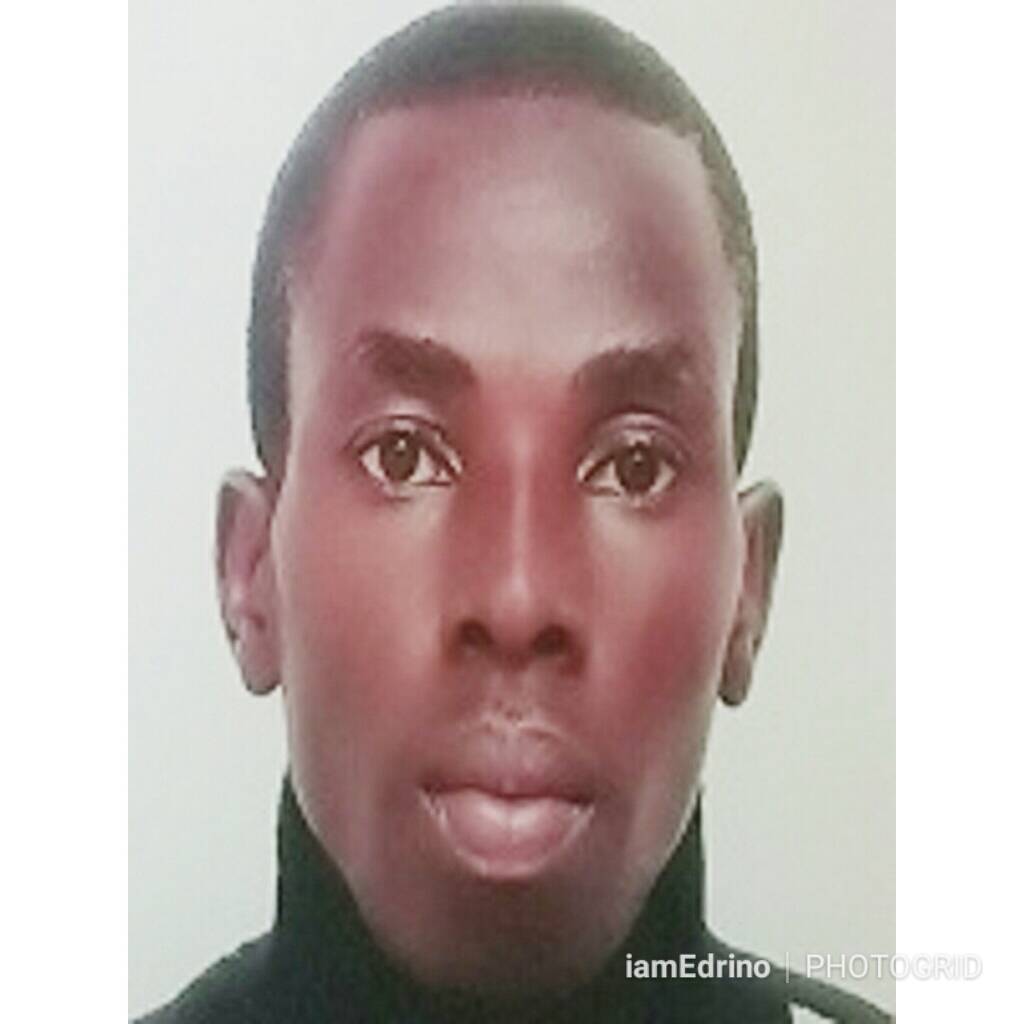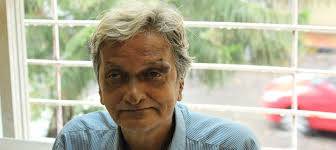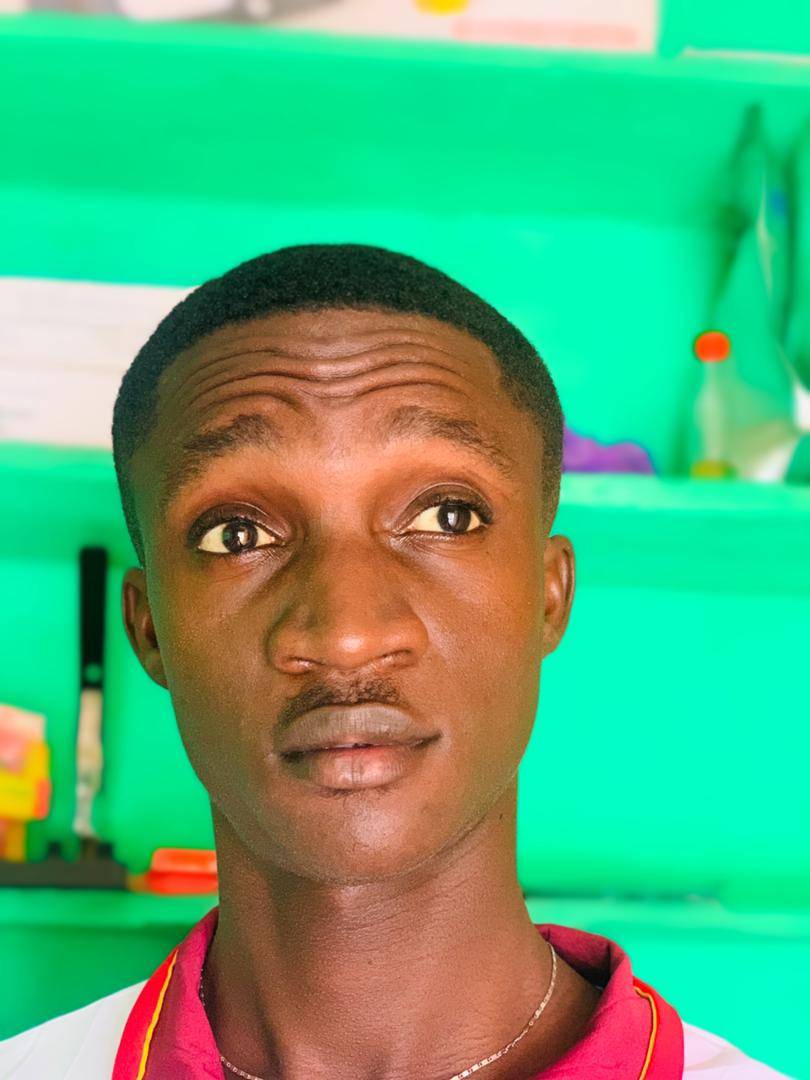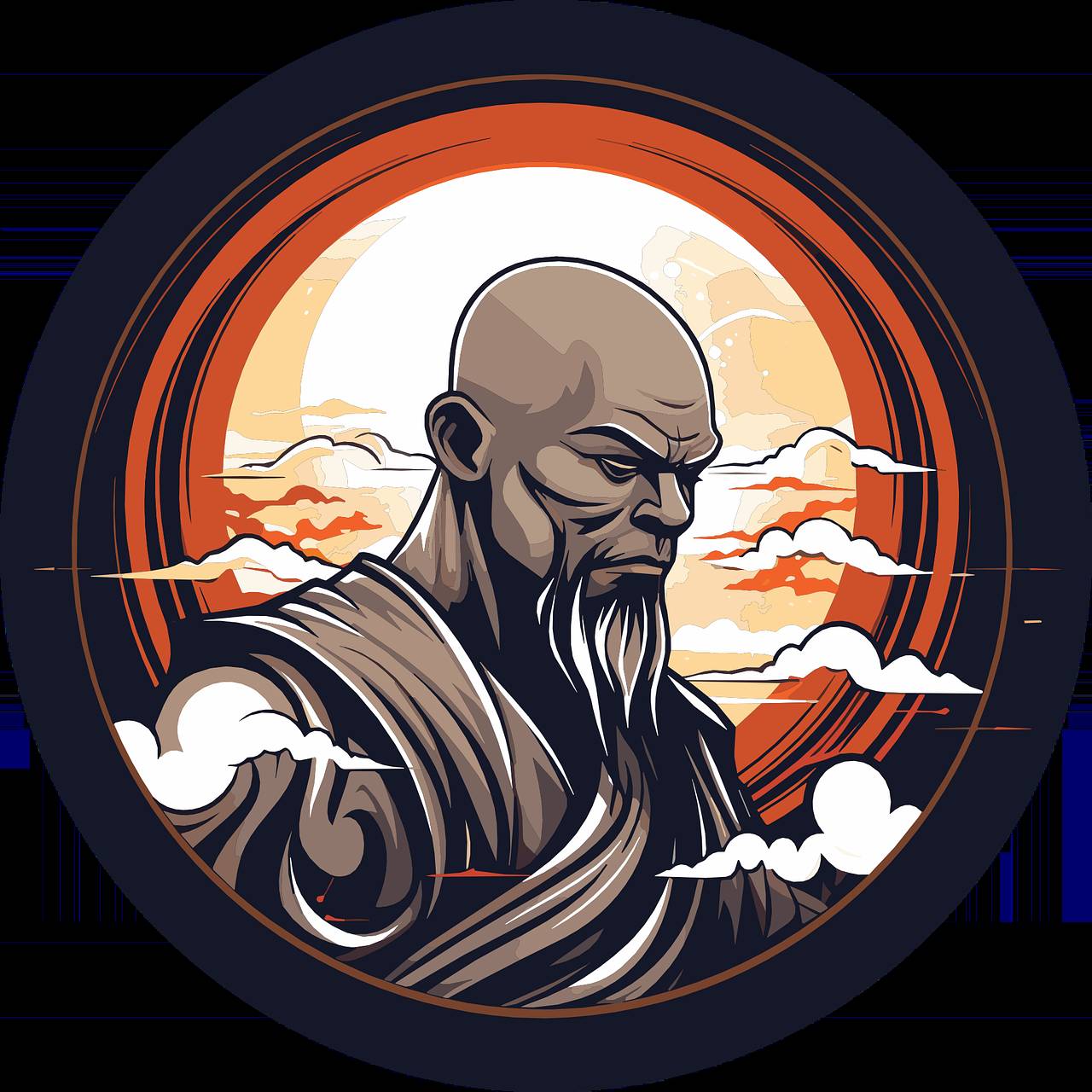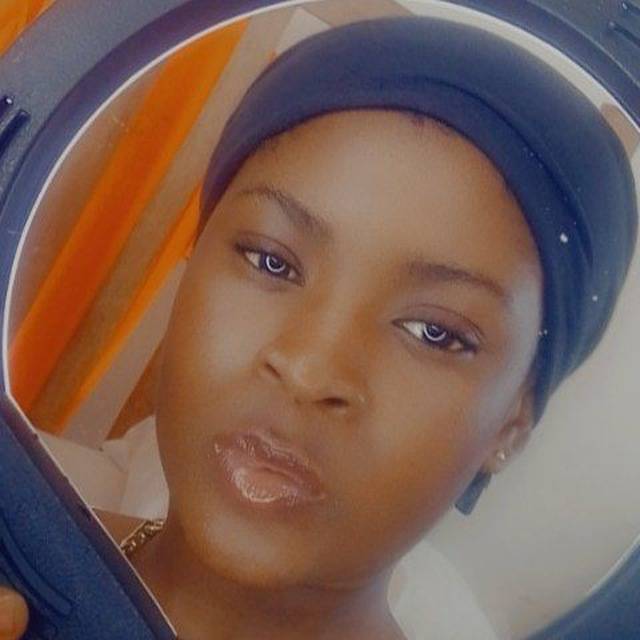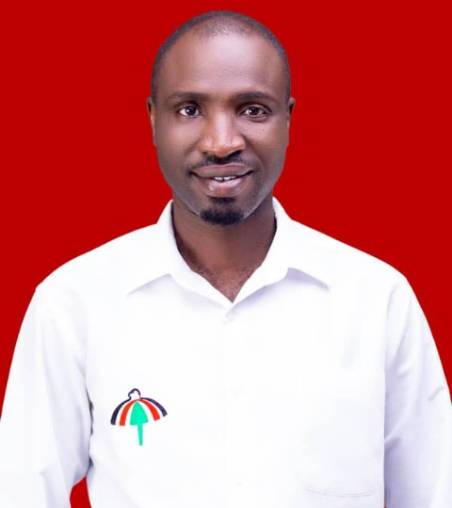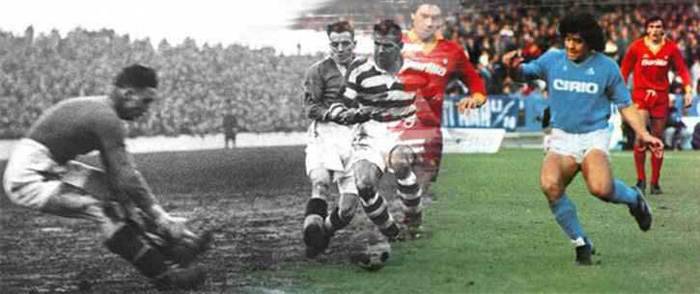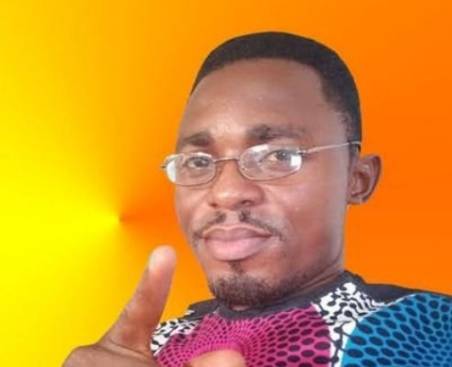 For almost all of time, almost all of mankind has worked simply in order to endure. But nowadays, we live in the most affluent era in history. And while there is still plenty of poverty around, the fact that 85% of the human race owns smart phones, an unimaginable resource just 20 years ago, is an indication of how much disposable income is available to billions.
For almost all of time, almost all of mankind has worked simply in order to endure. But nowadays, we live in the most affluent era in history. And while there is still plenty of poverty around, the fact that 85% of the human race owns smart phones, an unimaginable resource just 20 years ago, is an indication of how much disposable income is available to billions.
With these riches comes a balancing act. Competing choices such as short term gratification, fulfillment of long term dreams, saving for a rainy day, self-actualization and commitment to family and community are some of the priorities to consider. The way we utilize our money describes the values we embrace.
Recently, the “Codex Sassoon” became the most expensive book ever publicly traded, when it was sold for US$38M at a Sotheby’s auction. The buyers, 93 year-old Baltimorean Alfred H. Moses and his family, purchased the tome and donated it to the ANU Museum in Tel Aviv.
There is intrinsic logic to all the elements of this awesome transaction and act of philanthropy. The Bible is the runaway bestselling book of all time (Old and New Testament.) Hand written around about 1,100 years ago, the Codex Sassoon is the earliest, most complete Hebrew Bible known to mankind, containing all 24 books of what we call the Tanach. Missing only 12 leaves, it orders the text and adds notation and accentuation. The “ANU” is by its own definition, the “Museum of the Jewish People.” The appropriately named Moses said, “It was my mission, realizing the historic significance of Codex Sassoon, to see that it resides in a place with global access to all people. In my heart and mind that place was the land of Israel, the cradle of Judaism, where the Hebrew Bible was originated…”
For us regular folks, 38 million dollars is an inconceivable amount to spend on anything, including a unique magnum opus. Ninety-nine percent of the world’s people will not earn anything like that amount of money in their entire lifetime. But out there in the financial stratosphere, there are mega-wealthy people capable of laying out these sums without scuffing a single contour on the mountain of money they have accumulated. And that is exactly what they do. In fact, they spend much larger amounts on material items.
The most expensive painting ever publicly traded is the “Salvator Mundi,” (Savior of the World, a.k.a. Jesus Christ,) attributed to Leonardo da Vinci (1452-1519) which was sold in 2017 for $450M. While its subject may be sacred to some, the idea that it is had compelling spiritual allure is rather undermined by the fact that it was purchased by Badr bin Abdullah bin Mohammed bin Farhan Al Saud.
The painting’s dimensions are 66 cm x 45 cm which means that Badr was willing to pay upwards of 150,000 USD per square centimeter of paint. That’s a pretty hefty sum given that the piece has been damaged, painted over and restored. The price is even more inexplicable given the doubt as to whether da Vinci painted it at all, in addition to which, there are at least thirty known contemporary copies and variations of the piece executed by Leonardo’s pupils and followers.
The amount that changed hands is comparable to the valuation of the most expensive homes (besides Buckingham Palace and a couple of others,) private yachts and planes, in the world, but at least you can live and travel in these latter enormously extravagant consumer items. For the same money, you could also build and equip a four hundred-bed hospital in the U.S.A.
By the measure of price tag, the wealthy of the world equate the value of the Codex Sassoon, of which there is a unique one, to 8% of a beautiful damaged painting, of which there are many contemporary copies.
The value of artwork is its aesthetic appeal to one of our five senses, whereas the Codex is invaluable to the Jews and indeed to humanity, in understanding what is perhaps the most influential text in the history of the human race. It has, and will be used as a source of scholarship and will be viewed by countless millions over the coming decades and centuries who will be enriched by the experience. On the other hand, as I write, no-one besides its owners and entourage knows where the Salvator Mundi is and whether it will be made accessible for viewing by the public in the foreseeable future. It is perhaps telling that the purchaser of the spiritual item made his investment for the enrichment of mankind whereas the procurer of the art piece keeps it hidden, to be enjoyed only by his small inner circle.
Frank Sinatra once crooned that “the best things in life are free,”* adding that the moon, stars, love and a whole lot of other great things belong to everyone. I guess Ken Griffen was unaware of these wise words when he shelled out around $300M for “Interchange,” by Willem de Kooning. This abstract painting features a fleshy pink mass at its center, apparently representing a seated woman. Personally, I can see the seat, but am still looking for the woman. When Paul McCartney once asked de Kooning about the meaning of one of his paintings he replied, “I dunno. Looks like a couch huh?”**
At the same time that the Codex auction was taking place, just 6 kilometers down the road from the ANU Museum, the Tel Aviv Museum of Art was holding an exhibition of sculptor Alberto Giacometti’s works. One of six copies of Giacometti’s bronze statue “L’Homme au doigt,” a five foot high stick figure, was auctioned at Christie’s in May 2015 for $141m, the highest amount ever paid for a piece of sculpture. In my opinion, it is a magnificent piece of art, but is it worth 3.7 times the value of the monumental Codex?
And by the way, if you are currently looking to upgrade your time piece, the Graff Diamonds Hallucination watch is going for a mere $55M (excluding a $2 magnifying glass you would need to add in to read its tiny face). Well if I could afford either the Codex or the watch but not both, I would go with the Codex and spend the loose change on a pretty respectable ticker.
Of course, aesthetics and spirituality are often intertwined. Majestic places of worship, moving musical settings to sacred words and illuminated manuscripts are examples of how great artists have been inspired to enhance our sense of spiritual awe by way of their creative powers. The reason that one of the leading publishers of Judaic books is called “ArtScroll” is because it was originally established to produce illustrated Ketubot, invitations, “benchers” and the like.
What does this all say about our perception of worth?
It is generally held that important works of art are highly valued because they represent a piece of cultural heritage. By that measure, the Codex would seem to be worth more than the Salvator. Rather, the price of elite art and other precious commodities is hugely influenced by matters such as status, hype, name dropping, and other artificial factors, including distorted perception and the manipulation. No doubt, the bottom line is that the monetary value is determined by “market forces,” at the meeting point of willing buyers and sellers. But who exactly is forcing the market?
As an avid fan of both arts and sports I do believe that unique talent and effort should be well rewarded in all endeavors. But I think that humanity has lost its way when a person brilliantly adept at kicking a soccer ball, earns US$2M per 90 minute game (excluding endorsements) whereas social workers and teachers, who provide essential welfare services and life building skills may earn around that same amount in their entire lifetimes.
At this time of unprecedented personal wealth, it is easy to lose sight of the relative value of material possessions and how they impact on the quality of our lives. As to our perception of true timeless value, it may be instructive to turn to the second book of the 24 in the Codex Sassoon. There we read that words chiseled on two slabs of rough stone, trump a beautifully sculpted golden calf, age after age.
* Written by Lewis, Harris, Bivins, Defoe.
**See Paul McCartney, “The Lyrics,” pg. 559
About the Author
Richard Shavei-Tzion is a widely published poet and is the author of "Poetry in the Parasha" and the Prayer for the Preservation of the Environment. His articles on social, sustainability and Jewish topics have been published around the Jewish world, principally in the Jerusalem Post and his photographic images have been displayed in solo and group exhibitions. For 26 years Richard was the director of the Ramatayim Men's Choir and now directs the Zimrat Efrat Choir. Recently retired from a career in property and medical management, he produces, "Gift of a Lifetime," videos which preserve the stories and ethos of people for their progeny.
 blogpay
blogpay




